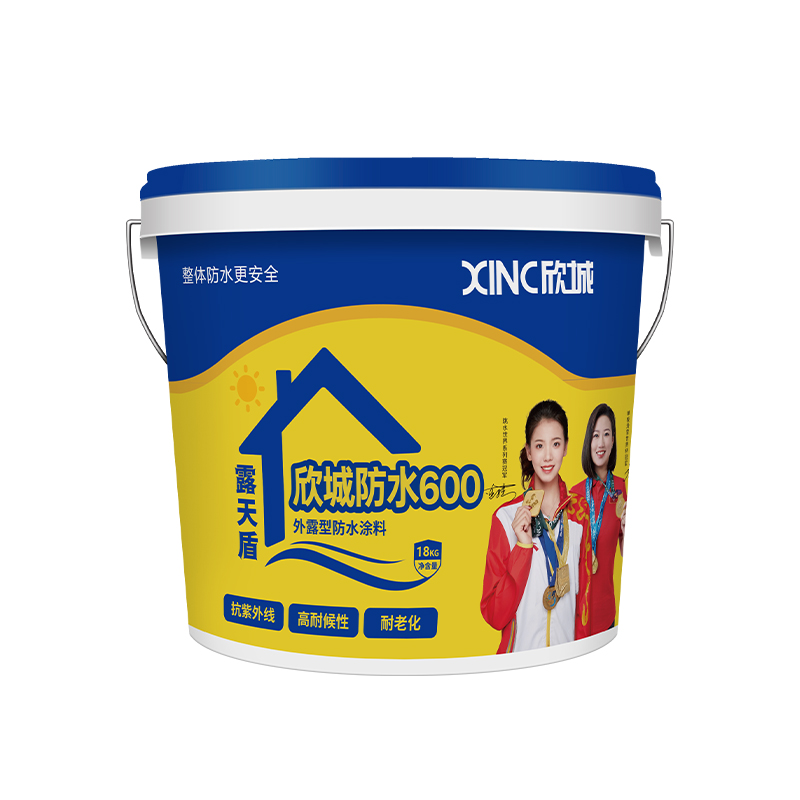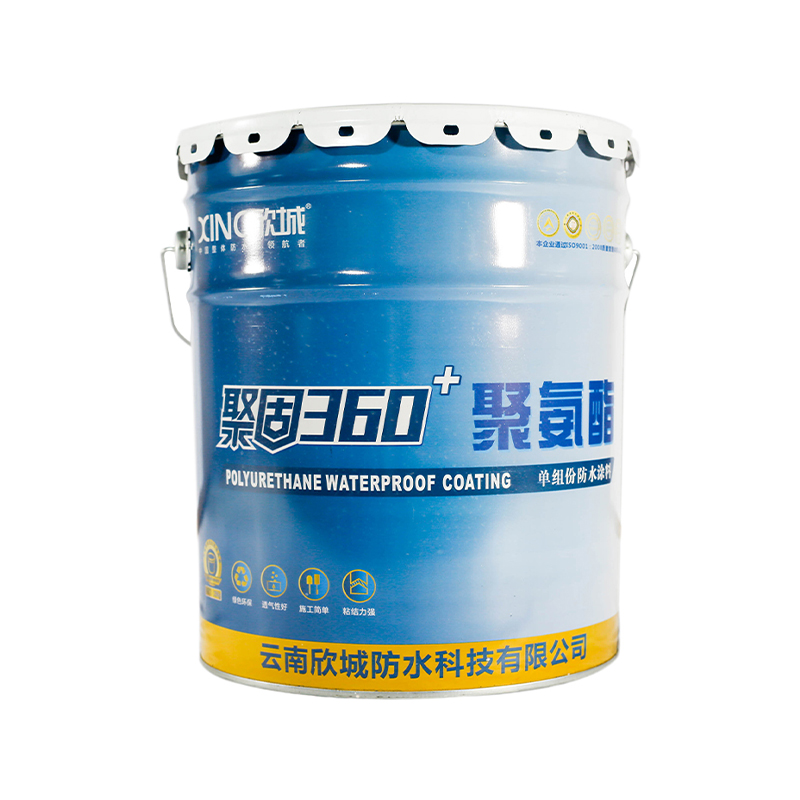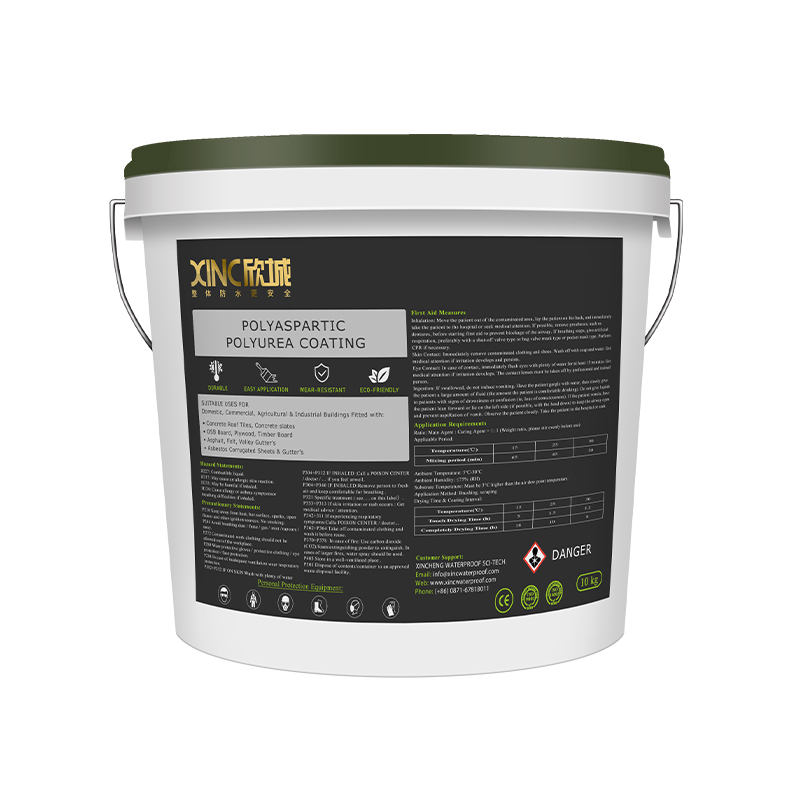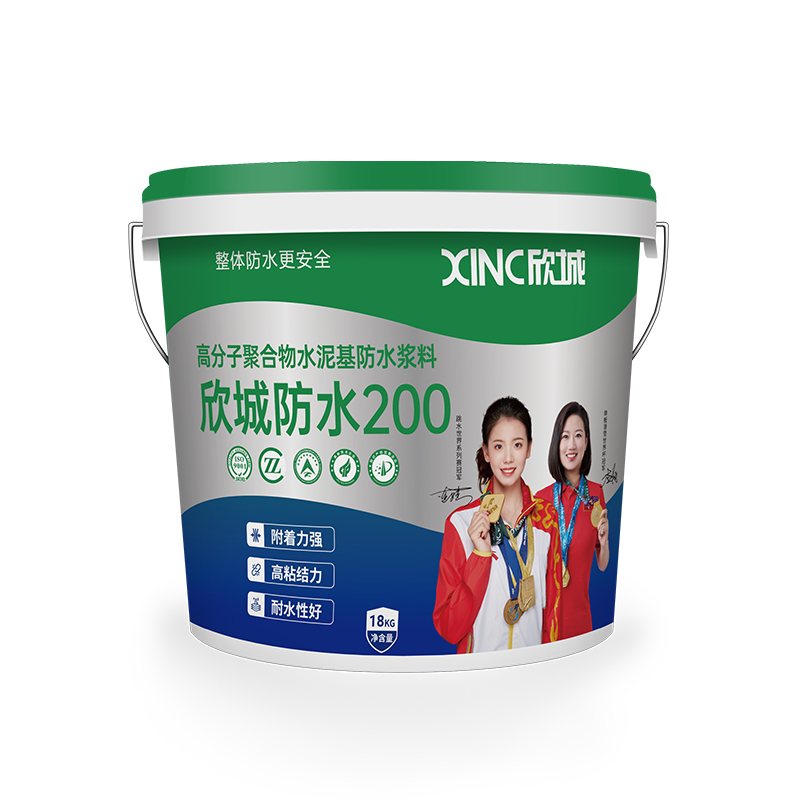How does TPO waterproof membrane maintain dimensional stability and avoid cracking or shrinkage?
Release Time : 2025-10-11
In building roof waterproofing systems, dimensional stability is a key factor in determining their long-term performance and durability. Traditional waterproofing materials often experience thermal expansion and contraction, warping, bulging, and even cracking under prolonged exposure to sunlight, temperature fluctuations, and mechanical stress, leading to waterproofing failure. TPO waterproof membrane, as a high-performance polymer waterproofing material, thanks to its unique material formula and structural design, maintains excellent dimensional stability under various environmental conditions, effectively preventing shrinkage, deformation, and cracking. This makes it an ideal choice for waterproofing modern industrial plants, commercial buildings, and public facilities.
1. Material Base: The Molecular Structure Advantages of Thermoplastic Polyolefins
TPO waterproof membrane is based on thermoplastic polyolefins, a polymer material with a highly regular molecular chain structure and strong crystallinity. Compared to traditional rubber-based materials, TPO offers higher tensile strength and lower creep tendency while maintaining excellent flexibility. While its molecular chains soften and flow when heated, they possess strong cohesion and structural stability at room temperature, resisting irreversible deformation due to temperature fluctuations and fundamentally ensuring the material's dimensional consistency.
2. Resistance to Thermal Expansion and Contraction: Meeting the Challenges of Extreme Temperature Differences
The surface temperature of building roofs can fluctuate dramatically, from -30°C to +80°C, throughout the day and night, and throughout the seasons. This can easily cause the material to expand and contract repeatedly. TPO waterproof membranes utilize an optimized formula to significantly reduce their linear thermal expansion coefficient, making them less susceptible to softening and flowing at high temperatures, and less susceptible to brittle shrinkage at low temperatures. Furthermore, the membranes typically incorporate a polyester fiber mesh or glass fiber reinforcement layer as an intermediate framework, acting as "tensile reinforcement" to effectively inhibit expansion and deformation under heat or stress, ensuring overall structural stability and preventing edge warping or seam tearing.
3. UV and Oxidation Resistance: Delaying Material Aging
Waterproofing layers exposed to sunlight for extended periods are susceptible to UV radiation-induced polymer chain breakage, leading to powdering, brittleness, and shrinkage. During the production process, TPO waterproof membrane is formulated with high-efficiency UV stabilizers and antioxidants. These functional additives absorb or reflect UV energy, inhibit free radical reactions, and slow the aging process. White TPO membrane, in particular, boasts a high reflectivity that not only reduces roof temperatures but also reduces the thermal stresses caused by heat buildup, further enhancing dimensional stability.
4. Hot Air Welding: Ensuring Joint and Overall Consistency
The weak link in a waterproofing system often occurs at the joints. Improper joint preparation can easily lead to gaps due to uneven material shrinkage. TPO waterproof membrane utilizes hot air welding technology, using high-temperature airflow to melt the edges of two membranes and then press them together, creating a seamless, molecular-level bond. The welded joint achieves strength exceeding 80% of the parent material, maintaining the same expansion coefficient and weather resistance. This avoids the debonding or cracking associated with traditional adhesive joints due to aging and shrinkage, achieving true "seamless waterproofing."
5. Smooth Surface and Stain Resistance: Reduces External Stress
TPO membrane's smooth and dense surface resists the absorption of dust, algae, and contaminants, reducing localized temperature differences and chemical corrosion caused by dirt accumulation. Furthermore, its low surface energy allows rainwater to easily bead up, creating a "self-cleaning" effect, maintaining a clean appearance over time. This characteristic not only enhances aesthetics but also avoids localized stress concentrations caused by surface unevenness, further ensuring overall dimensional stability.
6. Optimizing Construction Techniques and Installation Methods
The dimensional stability of TPO membranes requires effective construction techniques. Common installation methods include mechanical fastening, full-bonding, and loose-lay ballasting. Regardless of the method, proper tension must be maintained during installation to avoid excessive stretching or wrinkling. Furthermore, the ambient temperature should be kept within a reasonable range, and work should be avoided in extreme weather. Professional installation ensures the membrane is naturally fixed, reducing artificial stress and extending its service life.
TPO waterproof membrane achieves exceptional dimensional stability in complex environments through a multi-faceted approach, including a high-performance substrate, a reinforced skeleton, functional additives, hot-air welding technology, and scientific construction techniques. It not only withstands extreme temperature fluctuations, UV radiation, and mechanical stress, but also maintains its flatness, shrinkage, and crack resistance over time, ensuring a durable and reliable waterproofing system.
1. Material Base: The Molecular Structure Advantages of Thermoplastic Polyolefins
TPO waterproof membrane is based on thermoplastic polyolefins, a polymer material with a highly regular molecular chain structure and strong crystallinity. Compared to traditional rubber-based materials, TPO offers higher tensile strength and lower creep tendency while maintaining excellent flexibility. While its molecular chains soften and flow when heated, they possess strong cohesion and structural stability at room temperature, resisting irreversible deformation due to temperature fluctuations and fundamentally ensuring the material's dimensional consistency.
2. Resistance to Thermal Expansion and Contraction: Meeting the Challenges of Extreme Temperature Differences
The surface temperature of building roofs can fluctuate dramatically, from -30°C to +80°C, throughout the day and night, and throughout the seasons. This can easily cause the material to expand and contract repeatedly. TPO waterproof membranes utilize an optimized formula to significantly reduce their linear thermal expansion coefficient, making them less susceptible to softening and flowing at high temperatures, and less susceptible to brittle shrinkage at low temperatures. Furthermore, the membranes typically incorporate a polyester fiber mesh or glass fiber reinforcement layer as an intermediate framework, acting as "tensile reinforcement" to effectively inhibit expansion and deformation under heat or stress, ensuring overall structural stability and preventing edge warping or seam tearing.
3. UV and Oxidation Resistance: Delaying Material Aging
Waterproofing layers exposed to sunlight for extended periods are susceptible to UV radiation-induced polymer chain breakage, leading to powdering, brittleness, and shrinkage. During the production process, TPO waterproof membrane is formulated with high-efficiency UV stabilizers and antioxidants. These functional additives absorb or reflect UV energy, inhibit free radical reactions, and slow the aging process. White TPO membrane, in particular, boasts a high reflectivity that not only reduces roof temperatures but also reduces the thermal stresses caused by heat buildup, further enhancing dimensional stability.
4. Hot Air Welding: Ensuring Joint and Overall Consistency
The weak link in a waterproofing system often occurs at the joints. Improper joint preparation can easily lead to gaps due to uneven material shrinkage. TPO waterproof membrane utilizes hot air welding technology, using high-temperature airflow to melt the edges of two membranes and then press them together, creating a seamless, molecular-level bond. The welded joint achieves strength exceeding 80% of the parent material, maintaining the same expansion coefficient and weather resistance. This avoids the debonding or cracking associated with traditional adhesive joints due to aging and shrinkage, achieving true "seamless waterproofing."
5. Smooth Surface and Stain Resistance: Reduces External Stress
TPO membrane's smooth and dense surface resists the absorption of dust, algae, and contaminants, reducing localized temperature differences and chemical corrosion caused by dirt accumulation. Furthermore, its low surface energy allows rainwater to easily bead up, creating a "self-cleaning" effect, maintaining a clean appearance over time. This characteristic not only enhances aesthetics but also avoids localized stress concentrations caused by surface unevenness, further ensuring overall dimensional stability.
6. Optimizing Construction Techniques and Installation Methods
The dimensional stability of TPO membranes requires effective construction techniques. Common installation methods include mechanical fastening, full-bonding, and loose-lay ballasting. Regardless of the method, proper tension must be maintained during installation to avoid excessive stretching or wrinkling. Furthermore, the ambient temperature should be kept within a reasonable range, and work should be avoided in extreme weather. Professional installation ensures the membrane is naturally fixed, reducing artificial stress and extending its service life.
TPO waterproof membrane achieves exceptional dimensional stability in complex environments through a multi-faceted approach, including a high-performance substrate, a reinforced skeleton, functional additives, hot-air welding technology, and scientific construction techniques. It not only withstands extreme temperature fluctuations, UV radiation, and mechanical stress, but also maintains its flatness, shrinkage, and crack resistance over time, ensuring a durable and reliable waterproofing system.







